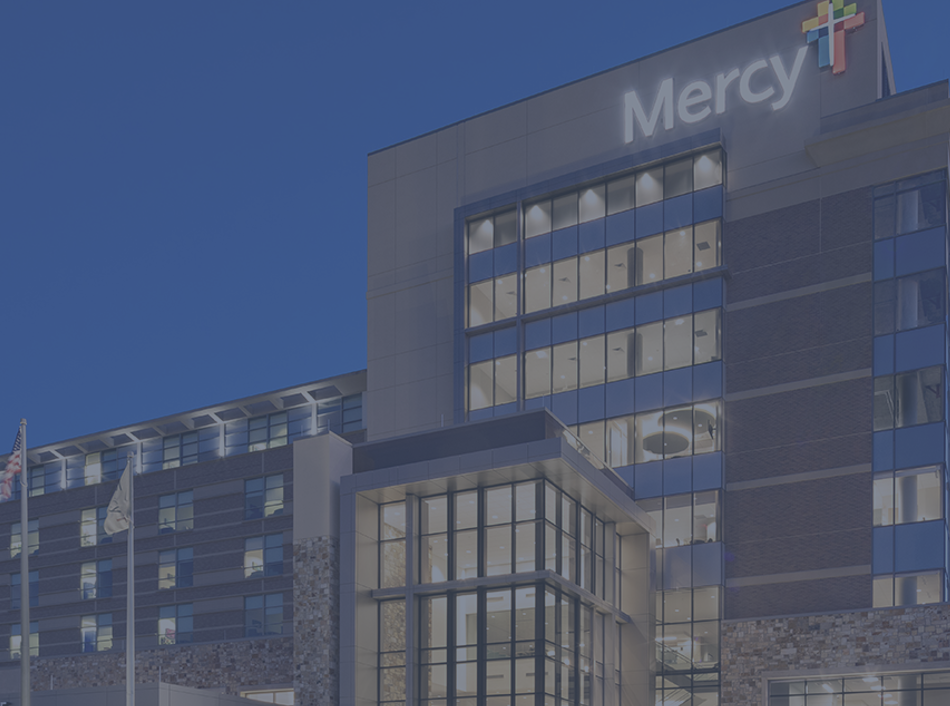Consumer First Thinking
Last week I focused on the much-needed rightsizing of healthcare delivery on my new blog series on healthcare predictions in 2021. This week, I am shifting to the next prediction in healthcare that is likely to make a significant impact on the direction of the industry this year and beyond: The Consumer First Thinking.
As we recover from the pandemic, patient/member acquisition and retention will become even more critical. Too often, we think of healthcare as treating patients for an ailment, then forgetting about them. An important change would be to move away from sick care to developing longitudinal relationships with patients and proactively manage their health. While acute care is an important piece of the healthcare experience, use of technology (Exhibit 1) and shifting consumer attitudes (Exhibit 2) will require healthcare organizations to develop relationships with consumers with a “consumer first” mindset, provide more convenient and personalized services, erase friction from the ancillary parts of the encounter, and find ways to differentiate themselves from the competition.

Exhibit 1

Exhibit 2
It is all about the relationship and patient well-being.
Today's healthcare consumers are starting to take a greater interest in their health and demand convenient, affordable, and personalized services. Healthcare organizations are responding by developing better relationships with consumers and incorporating social determinants of health and consumer preferences to improve services and manage the health of their population. There is no escaping the fact that consumers in healthcare face far more frustration while getting the services they need compared with other industries. There is much friction in all ancillary parts of an encounter like access, billing, lack of patient engagement and empowerment, and hassles of getting and completing an appointment on time. Healthcare organizations need to seriously consider understanding consumer preferences and consumers as a whole beyond patients’ medical history to manage the health of their patients better and help alleviate points of friction during an encounter to retain and attract patients. Several industry solutions have emerged recently that address one or more of these problems through better access (digitally or in-person), cost clarity, analytical decision making, personalized plan design (e.g., Bind Benefits), and others. We believe that this trend will only accelerate. Simultaneously, the industry will continue to increase its focus on the patient as a “whole consumer” and apply human-centered design principles to provide differentiated, convenient, and personalized services to their consumers.
Digital health for better consumer experience.
The industry is notorious for the hassles it creates for its consumers, such as long wait times, unexpected hospital bills, coverage that doesn't seem to make sense, and others. Patient convenience and empowerment have not been the industry's focus until a few years ago, but thankfully changes are coming fast. With the pandemic as an accelerator and more people than ever using health technology and willing to share data, a perfect storm has formed that could make patients' lives easier. We expect to see more digital solutions, for chronic disease management (e.g., Teladoc-Livongo), mental health (e.g., Talkspace), prescription refill reminders (e.g., Pillsy), and wellness apps/devices (e.g., Calm) that help improve physical and mental health for consumers.
Personalization at scale.
Vast quantities of patient and member data are being created or managed by healthcare organizations every day. There has been an 878%(4.3) YOY growth in healthcare data creation, primarily fueled by the increasing use of IoT devices, wearables, smartphones, and remote monitoring devices. Consumers are used to seeing recommendations from algorithms based on their behavior when they shop at Amazon or watch Netflix and expect similar healthcare experiences. We anticipate seeing an increase in spending on data and analytics-driven innovations that provide an individualized experience to patients at scale, including timely and actionable alerts and nudges for better engagement and outcomes of population health.
Summary
Increasingly, the healthcare industry winners will be organizations that build their business models centered around the consumers and will be focused on their wellbeing, ease, and satisfaction above all else. COVID-19 accelerated a movement that was already in progress, and even as the world recovers from the pandemic, 2021 and beyond will be more and more about the consumers.
Contact us here to learn more or to get started with us today.
Sources:
4.1 Deloitte Consumer Health Trends report, Aug 2020
4.2 Hero Digital / IBD
4.3 https://hitinfrastructure.com/news/organizations-see-878-health-data-growth-rate-since-2016





